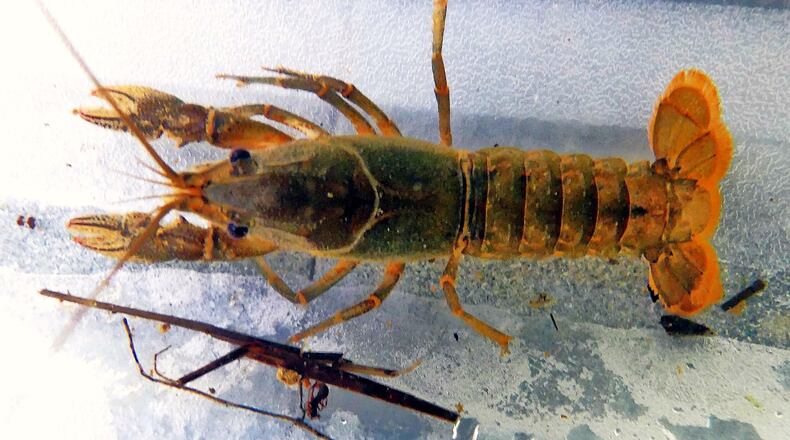One of my most favorite places in metro Atlanta is a serene, 2-acre body of water known as Sibley Pond, lying within the Sope Creek unit of the Chattahoochee River National Recreation Area in Cobb County.
Like any healthy pond, it teems with rich varieties of plants and animals, ranging from microscopic bacteria to insects, fish, crustaceans, turtles, frogs, snakes and birds.
Though the pond appears peaceful, intense struggles take place constantly among its denizens to obtain food, avoid predators and reproduce. Most of this frenzied activity is unseen by humans because it occurs among tiny creatures in the water and in the mud and decaying vegetation on the bottom.
For years, CRNRA ranger/naturalist Jerry Hightower has taught countless school kids (and adults) about Sibley Pond’s fascinating hidden life. This past school year alone he taught more than 800 students.
I attended one of his pond-side sessions last weekend and was spellbound by the tiny organisms that he scooped out of the pond and the fascinating tales that he told about each one. Working with him was Aminta Liu of the Cobb County Water System.
Wielding a net, Hightower dredged up clumps of black mud and decaying leaves from the edge of the pond and then dumped the wet, messy stuff onto a tray on a table. He and Liu then picked through the piles to see what critters might be in them.
In short order, they found tiny fin fish, a crayfish, leeches, damselfly and dragonfly nymphs and others. The crayfish, Hightower noted, looks like a miniature lobster, and, in fact, they are kin to each other. Pointing to a dragonfly nymph, or larvae, he said it is one of the fiercest predators in the pond. It eats anything it can find, including tadpoles, mosquitoes, fish, other insect larvae and even other dragonfly nymphs.
The organisms’ presence in the pond, he said, indicates that Sibley Pond’s water quality is good. Many pond creatures are very sensitive to pollution, and their absence would suggest poor water quality.
IN THE SKY: From David Dundee, Tellus Science Museum astronomer: The moon will be last-quarter on Tuesday. Mars is very low in the west at dusk. Jupiter is in the east at dusk. Saturn rises in the east around midnight.
About the Author
Keep Reading
The Latest
Featured


